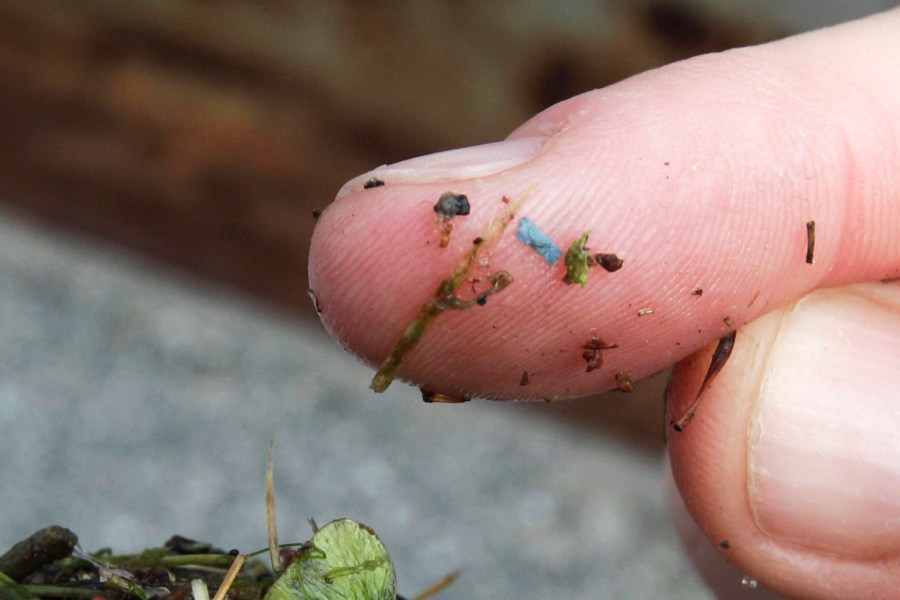Some call it Oaxacalifornia.
Maps show a direct route from the southwestern Mexican state of Oaxaca through to the fertile valleys of California.
It’s a route that generations have followed.
Many have settled in Oceanside and Vista with Oaxacans constituting a major part of the tens of thousands of Mexican immigrants in the area.
The Oceanside Public Library has seized upon a grant opportunity to celebrate the culture of the Oaxacans in our midst with a six-part program culminating in presentations Tuesday and Dec. 14.
“Our intention,” a library flyer states, “is to share with our community of Oceanside the rich traditions that are unique of Oaxaca, Mexico.”
The program has been covering all the bases: food, art, dance, migration and crafts.
At the first event, more than three dozen people gathered on the lawn at Crown Heights Community Center where a large gas grill had been set up to make “memelas.”
Participants were given a grapefruit-sized ball of dough to shape flat — but not so flat as a common tortilla. When they had fried their flat dough, they fluted the edges so it would hold beans, sauce and cheese.
Gary Jacobson, a partner in the Cocina del Carmen restaurant providing the mobile kitchen, said memelas are eaten for breakfast in Oaxaca but served as appetizers here.
“Oaxacan men run passionate about their food,” he said.
Indeed, there was no lack of enthusiasm from boys, including Gustavo Quiñones, 10, and Abraham Rodriguez, 16, who busied themselves with their dough.
The instructor, Carmen Colon, immigrated from Oaxaca by herself as a 15-year-old, eventually established a catering business and then the restaurant in Vista. She also will bring food for the closing celebration.
A week later, a few more people came to the art program where a large easel had been set up on the recreation center lawn.
Paper plates served as palettes and each artist was given several dabs of acrylic paint.
They were to draw any color ear of corn and were taken through each step by instructor Sandra Carmona, who told the Indigenous story of creation linked to corn.
Again, the youngsters, like Jessica Reyes, 11, and Eric Lopez, 14, showed intense interest in the stories and the art of their forebears. “I just wanted to do it,” Eric said of the art project.
The following week, the program moved to the Community Rooms at the library, and a bigger crowd of about 70 came to try Oaxacan dance.
A video on a large screen showed traditional dances at the annual Guelaguetza festival.
Dancers here were given bandanas and skirts, and the instructor demonstrated a dance with a pineapple on her shoulder.
Although not Oaxacan, 4-year-old Ryan Chandler quickly got in the spirit of things by twirling around in her borrowed skirt. Her dad, Chris, said he had read about the event on the library’s website.
Instructor Roxanna Guzman said she goes to Oaxaca frequently and is “really happy to be sharing this typical dance.”
The fourth program involved the showing by Xochitl Chavez, a professor at University of California Riverside, of a film on “Oaxacalifornia.” It told the story of a California-based immigrant family’s return visit to a Oaxacan village to show younger members their cultural heritage.
On Tuesday at 6 p.m. in the Civic Center Library Community Room, the program will involve the making of craft objects called marmotas. They are large white spheres attached to a wooden pole and decorated with bright colors and a banner announcing the name of the town where festivities will be held. The ones made this week will be saved for display Dec. 14 at the closing event, which will begin at 5:30 p.m. in the library’s courtyard.
Traditional attire will be on display during the dances. A Oaxacan band will play, and dances reflecting the Mixtec region of Oaxaca will be performed. Free food and beverages will be served.
The entire program has been coordinated by Jorge Garcia and Luis Arguelles from the library staff.
Sherman is a freelance columnist. Contact her at lola@seaside-media-services.com.








